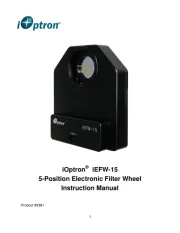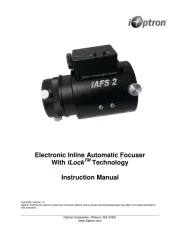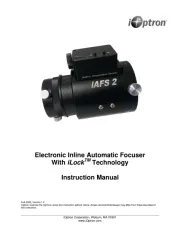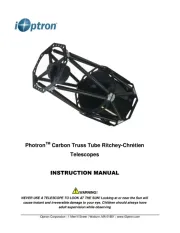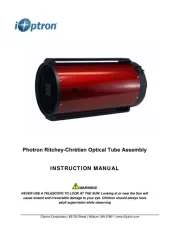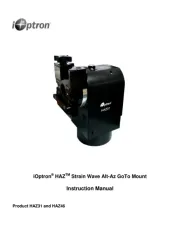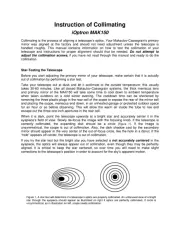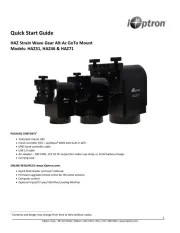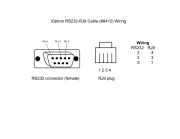
Instruction of Collimating
Collimating is the process of aligning a telescope’s optics. Your Maksutov-Cassegrain's primary
mirror was aligned at the factory and should not need adjustment unless the telescope is
handled roughly. This manual contains information on how to test the collimation of your
telescope and instructions for proper alignment should that be needed. Do not attempt to
adjust the collimation screws, if you have not read through this manual and ready to do the
Star-Testing the Telescope
Before you start adjusting the primary mirror of your telescope, make certain that it is actually
out of collimation by performing a star test.
Take your telescope out at dusk and let it acclimate to the outside temperature; this usually
takes 30-60 minutes. Like all closed Maksutov-Cassegrain systems, the thick meniscus lens
and primary mirror of the MAK150 will take some time to cool down to ambient temperature
when taken outdoors on a cold winter evening. The cooldown time can be shortened by
removing the three plastic plugs in the rear cell of the scope to expose the rear of the mirror cell
and placing the scope, meniscus end down, in an unheated garage or protected outdoor space
for an hour or so before observing. This will allow the warm air inside the tube to rise and
escape out the three one inch apertures in the rear cell.
When it is dark, point the telescope upwards at a bright star and accurately center it in the
eyepiece’s field of view. Slowly de-focus the image with the focusing knob. If the telescope is
correctly collimated, the expanding disk should be a circle (
Figure 1). If the image is
unsymmetrical, the scope is out of collimation. Also, the dark shadow cast by the secondary
mirror should appear in the very center of the out-of-focus circle, like the hole in a donut. If the
“hole” appears off-center, the telescope is out of collimation.
If you try the star test but the bright star you have selected is not accurately centered in the
eyepiece, the optics will always appear out of collimation, even though they may be perfectly
aligned. It is critical to keep the star centered, so over time you will need to make slight
corrections to the telescope’s position in order to account for the sky’s apparent motion.
Figure 1. A star test will determine if a telescope’s optics are properly collimated. An unfocused view of a bright
star through the eyepiece should appear as illustrated on right if optics are perfectly collimated. If circle is
unsymmetrical, as in illustration on left, scope needs collimation.


